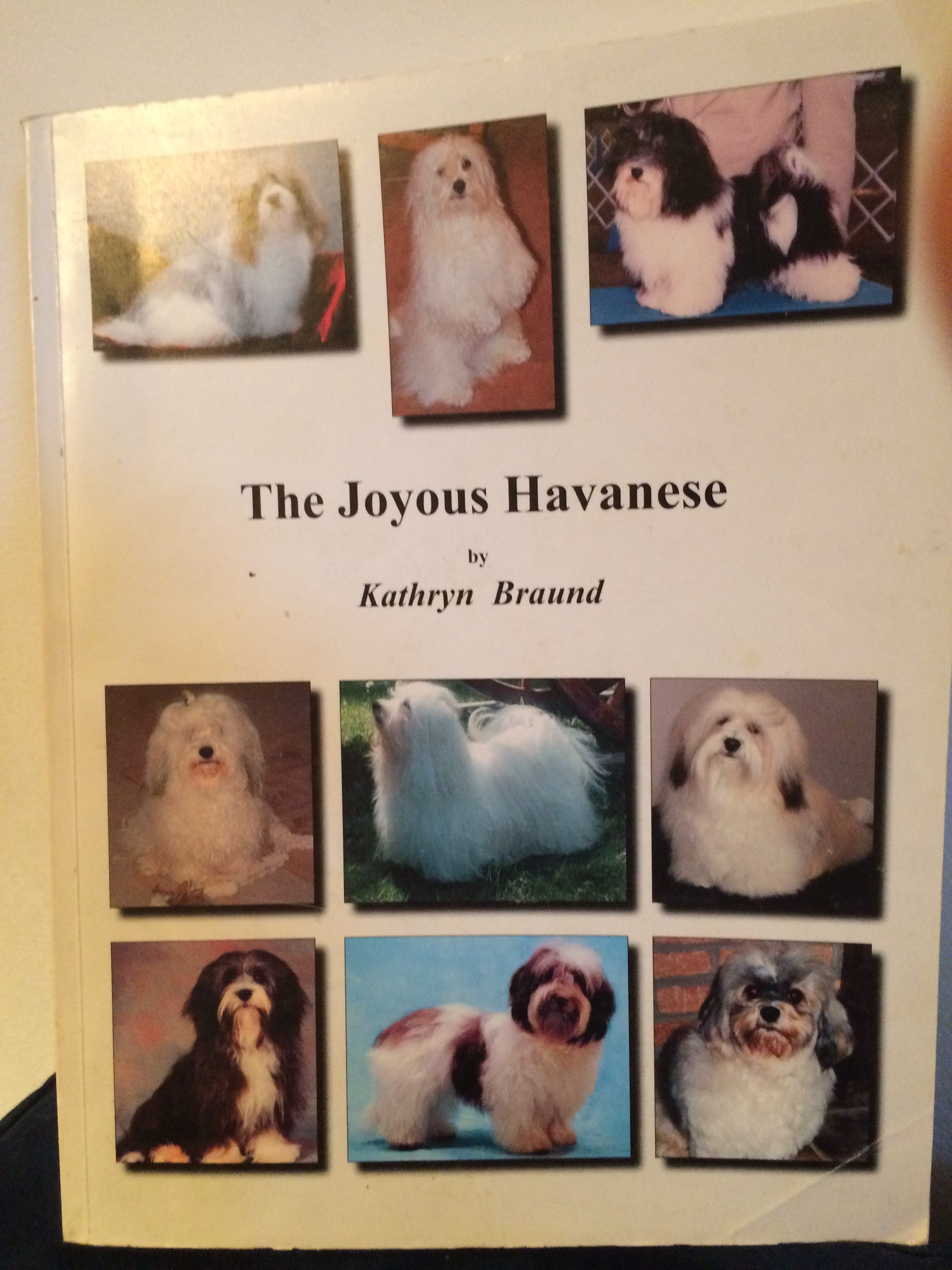I know it is early, but this is a good time for my families to get some basic equipment for the new addition! That way you can spend more time with your puppy when he arrives.
1. Carrier (to bring your puppy home)
If you plan to travel on an airplane with your Havanese it is wise to purchase a sturdy carrier that is airline approved and will fit under the seat of your airplane. I do not allow my puppies to travel as cargo in the belly of the airplane. Get a carrier that will be large enough for your puppy when he is full grown. Plan to spend about $30-50. Sherpa is a good brand.
2. Harness and leash
Because a Havanese puppy is so small, I don’t recommend collars. The size harness you will want will be extra small (up to 4 pound pup) or small (4-8 pound pup). I actually don’t use collars even on my older dogs. Harnesses are much easier on their necks.
3. Crate
I recommend the open wire crates with a removable floor (for cleaning) and a divider that will create a smaller space for sleeping until the pup is completely housebroken. A crate appropriate for a 15 pound dog is more than sufficient. Any larger gives the pup too much space inside.
4. Confinement during the day
There are a lot of wire and plastic pens on the market that you can use to keep your puppy confined when you are in a different room or out of the house. My latest favorite is the IRIS 4 panel hard plastic pen. It is easier on my hardwood floors. It comes with 4 domed panels and rods that connect them. They come with or without doors. I don’t really use the doors and they are usually less expensive without them. You can also purchase extra panels, which gives your puppy a little more room. I‘d put the puppy’s crate with his bed inside this pen so he can come and go as he pleases. Put his potty box outside the sleeping crate but inside the pen.
5. Food bowls.
Ceramic or stainless steel are best. Puppies will chew plastic ones. Smaller is good (5” max) as the older pup’s ears will likely land outside the bowl (and the food).
6. Food
Your puppy has been eating Back to Basics, Open Range Formula. They also enjoy Taste of the Wild, Prairie Puppy Formula. I get both online at Chewy.com. I also recommend Wellness Super Mix Just for Puppy (most pet stores) or Natural Balance Puppy to Adult.
Puppies are used to three meals a day…about 1/4-1/3 cup per meal.
7. Toys
Havanese love their toys! Lots of toys keep their interest away from furniture, cords and shoes! Tough rubber toys for teething are critical, especially the small “Kong” toys that you can stuff with yogurt and freeze. Squeaky toys are good too. Just don’t spend a lot on these squeaky toys as they pup will likely dismember it in a few weeks! And soft, floppy toys that they can tug and shake are also good.
8. Pottying
Your puppy is trained to use a litter box. I use tin lasagna pans from the grocery store with pellets made from either saw dust or grain husks. Brands I like are Eco-Straw, Yesterdays News or GreenPet Aspen Supreme Pellets. If you are lucky enough to have a farm supply store near you (Tractors Supply, etc.), you can buy the large bags of pine sawdust pellets used as horse bedding. Don’t use kitty litter!
As your puppy gets accustomed to your house you can easily transition him to pottying outdoors. I recommend you spread a layer of the same pellets, ideally “used” ones, where you want him to potty and take him to the same spot every time.
9. Teething
Get 5-6” long Nylabones or the nylon bristle bones. Do not use rawhide chews for puppies and always supervise your puppy when he is chewing any kind of bones.
10. Mistakes
Have Natures Miracle spray on hand. It is an enzyme cleaner that does a pretty good job eliminating both stains and odors.There are all kinds of sizes as well as special formulas for hardwood floors, laundry, etc. I blot up any mistakes thoroughly with paper towel. Then spray Nature’s Miracle, let it sit a couple minutes then blot it up thoroughly. Finally, spray the area with white vinegar and, after it sits a minute or two, blot that up.
11. Grooming:
Your puppy is used to having his nails trimmed. I do this to reduce their angst down the road. You can use a human nail clipper for now…the kind that clip from the side are good. Later you will need a regular dog nail trimmer.
A mini pin brush work best for general grooming. Again, your puppy is used to this and it is a good idea to continue to brush him 2-3 times a week if only for a few minutes.
Bathing supplies should include shampoo, conditioner and detangler. For the first two, I actually use Tresemee’ brand that you can find in most grocery and drug stores. For the detangler I use Christensen’s Ice on Ice Detangler which can be purchased online. For their little faces I use a tearless puppy shampoo diluted 1:1 with water. You can use this daily after meals.




 In spite of what you may think or have read about puppy crate training the truth is that we crate train our puppies for their benefit – that’s why we do it. Secondary to that is the fact that using a crate also benefits us and our furniture, shoes, carpet, cushions etc…
In spite of what you may think or have read about puppy crate training the truth is that we crate train our puppies for their benefit – that’s why we do it. Secondary to that is the fact that using a crate also benefits us and our furniture, shoes, carpet, cushions etc…





















